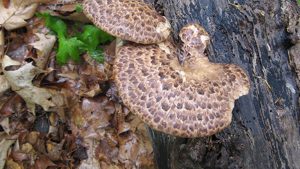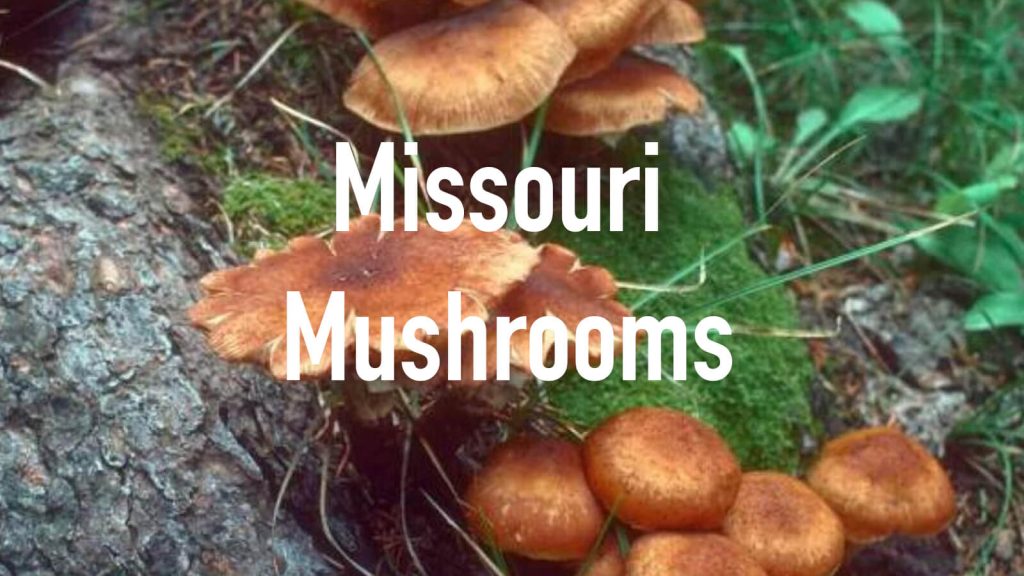Missouri Mushrooms, Unveiling the Mysteries and A Comprehensive Guide
Nestled within the lush landscapes of Missouri lies a hidden kingdom that has captivated naturalists, adventurers, and food enthusiasts for generations – the realm of Missouri mushrooms. In this curated guide, we embark on an enchanting journey to uncover the secrets of these fascinating fungi. Join us as we explore where they thrive, delve into their captivating characteristics, and address the most commonly asked questions.
The Habitat: Where Missouri Flourishes
Missouri’s diverse ecosystem, spanning from the verdant woodlands of the Ozarks to the rich wetlands of the Bootheel, provides an ideal environment for mushrooms to flourish. These remarkable organisms thrive in areas abundant with moisture, organic matter, and shade. Look out during your explorations of state parks, nature reserves, and even your backyard, as you might stumble upon these hidden treasures.

Characteristics That Amaze: A Kaleidoscope of Diversity
Diversity is the hallmark of Missouri mushrooms, each species sporting uniqueness that sets it apart. Here are some captivating features that distinguish these fungi:
1. Cap Variety: From the elegantly curved to the flat-out flamboyant, the caps of Missouri mushrooms come in an array of shapes that evoke curiosity. Colors range from understated earth tones to vivid hues that seemingly defy nature.
2. Gills vs. Pores: Flip a mushroom to reveal its underside – a world of gills or pores awaits. Delicate gills are thin, blade-like structures, while pores manifest as tiny openings that release spores, adding to the charm of these species.
3. Stalk Stories: The stems, or stalks, of Missouri mushrooms offer narratives of their own. They can be sleek or textured, solid or hollow, and sometimes adorned with a fascinating annular ring, a relic of their growth process.
4. Spore Print Artistry: Creating a spore print unveils the unseen, adding an artistic touch to the identification process. Placing a cap gill-side down on paper reveals the color of the spores, aiding in accurate classification.
Answering Your Questions: Missouri Mushroom FAQs
1. Edible or Toxic?: Not all mushrooms are safe to eat. Some are toxic and can have severe health consequences. It’s vital to hone your identification skills before considering any wild mushroom for consumption.
2. Foraging Etiquette: While some state parks permit foraging, rules can differ. To ensure you comply with regulations and conservation always check with park authorities before harvesting mushrooms.
3. Rare and Endangered Species: Missouri shelters several rare and endangered mushroom species. Preserving these unique organisms is crucial for maintaining the region’s biodiversity.
4. Home Cultivation: Curious about cultivating your mushrooms? Popular varieties like oyster and shiitake can be cultivated at home using kits or specially curated conditions.
5. Ecosystem Contributions: Mushrooms aren’t just captivating, they play a pivotal role in ecosystems. They aid in nutrient cycling, form symbiotic relationships with trees, and participate in underground networks enabling plant communication.
In Conclusion, Missouri mushrooms offer a mesmerizing glimpse into the intricate tapestry of nature. Their habitats, characteristics, and the vital roles played in the environment underscore the importance of protecting and appreciating these remarkable organisms. As you venture into the woods, armed with newfound knowledge, remember to tread lightly and admire the world of mushrooms as a testament to the wonders that thrive beneath our feet.

